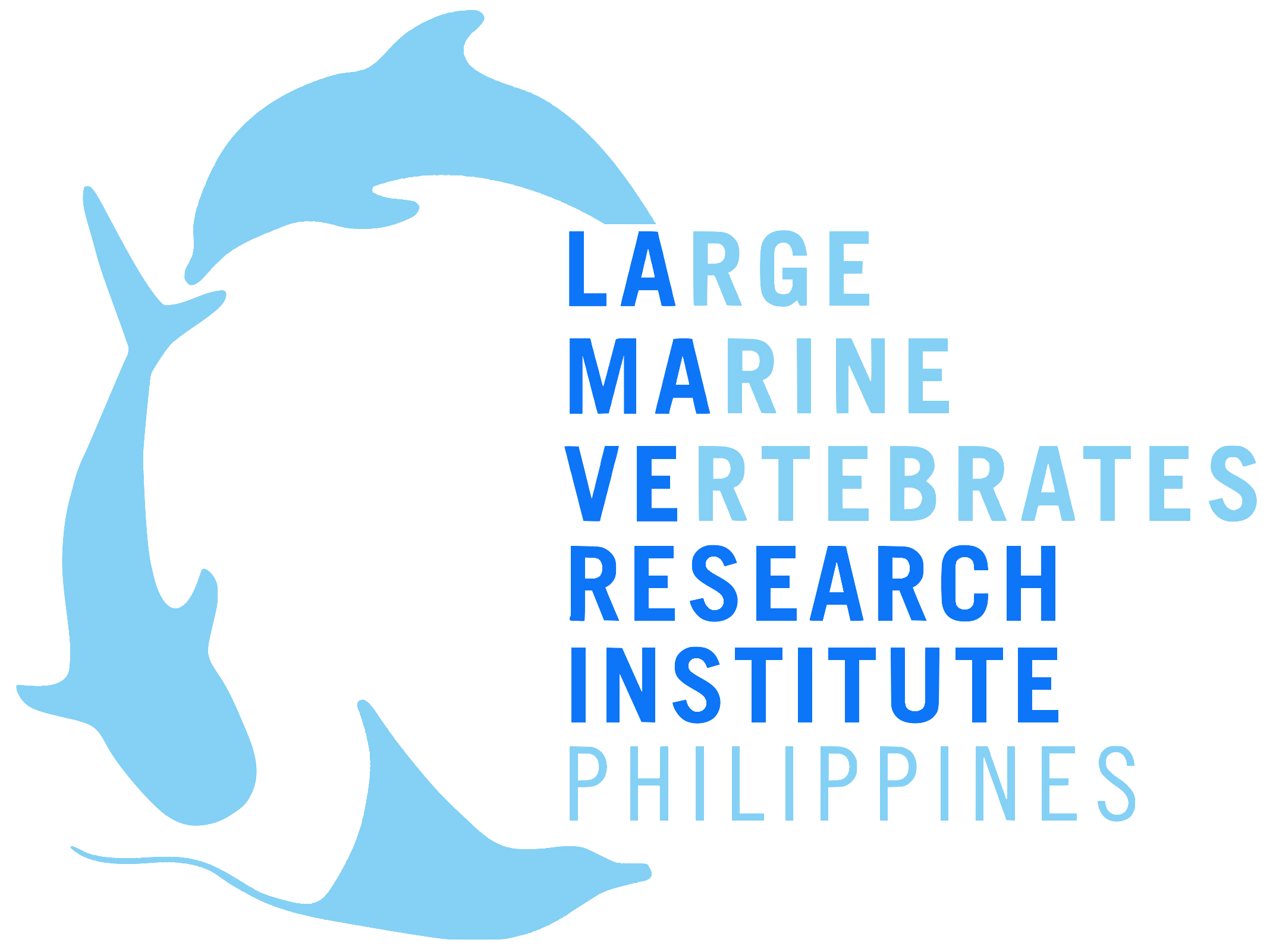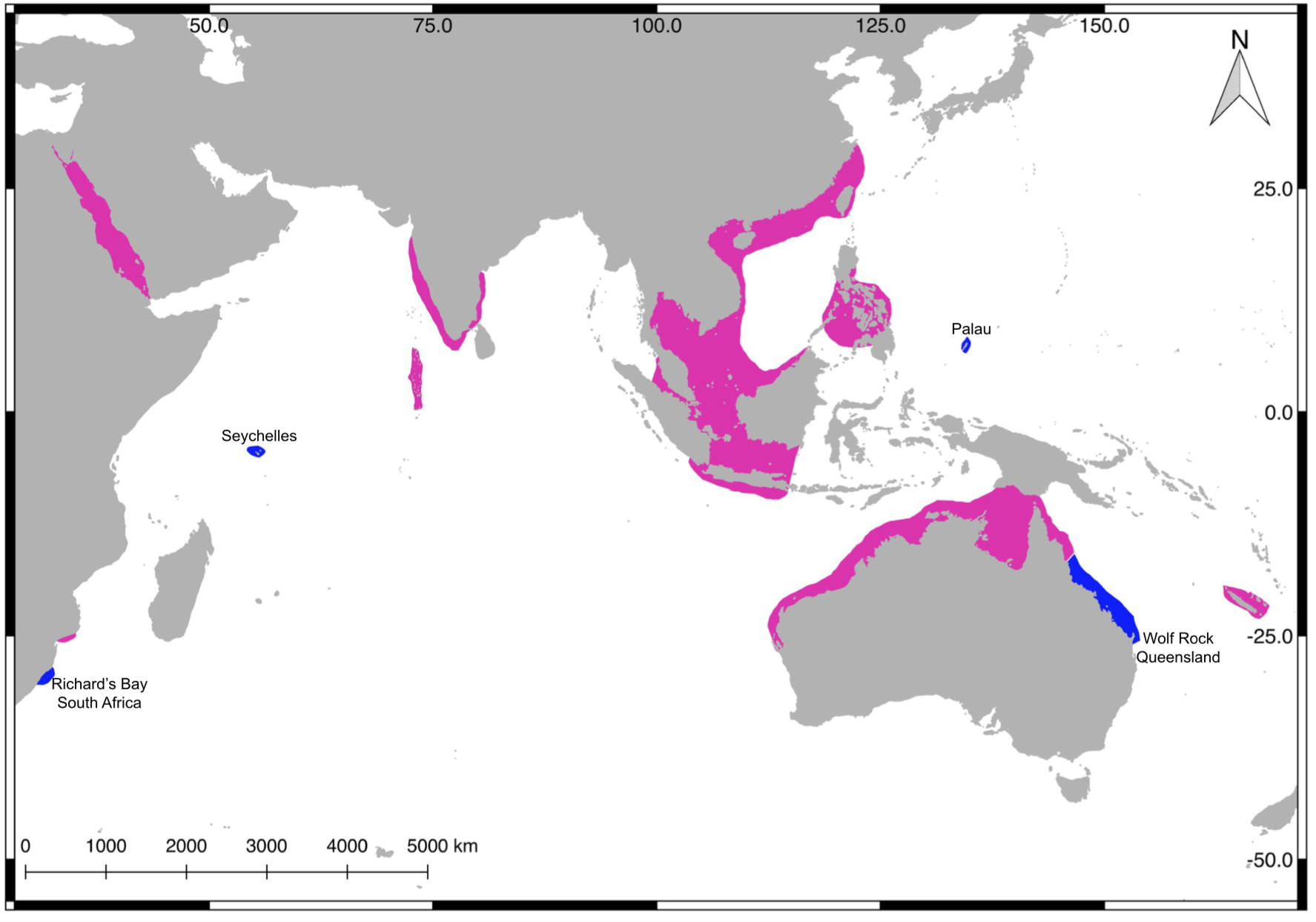Press Release
Social media is helping scientists put the rare and endangered ornate eagle ray on the world map
The Philippines, 9 October 2020, A new study has expanded the known distribution of the elusive ornate eagle ray by sourcing photographs from popular social media platforms. This citizen science‐sourced data shared by the public and analysed by scientists is contributing to the understanding of the vulnerability of this species, while also creating opportunities for conservation.
The team from Large Marine Vertebrates Research Institute Philippines, Universiti Malaysia Sabah and James Cook University used information freely available on public internet-based social media platforms including Facebook, Instagram, Twitter and YouTube. Relevant photographs found on the platforms were analysed using the unique spot pattern on the pelvic and pectoral fins of the ornate eagle ray to identify individuals. A total of 53 reports of the species were found, identifying 46 individuals from the Red Sea (Sharm El Sheikh, Egypt), the Seychelles, South Africa, the Maldives, Malaysia, Philippines, Palau, and Australia. The reports from Palau, the Seychelles and South Africa are the first confirmed reports in these countries thus expanding the species current known range and the report from Richard's Bay in South Africa represents the southernmost record of the species in the Western Indian Ocean.
Figure 1. Revised range (indicated in blue) of the species based on the citizen-science reports analysed in the study.
The study found that many reports uncovered on social media occurred within Marine Protected Areas (MPA), such as those seen in Ningaloo reef, the Great Barrier Reef and Cagayancillo in the Philippines. The effectiveness of MPAs to conserve rays and other mobile species is highly complex and while it is uncertain whether these existing protected areas are providing sufficient protection to conserve the species, it is encouraging that the species are present in these areas and how citizen science can be a powerful tool to help monitor these areas.
Watch the moment researchers from LAMAVE and WWF-Philippines encountered an ornate eagle ray in the protected waters of Cagayancillo.
Notes to Editors:
A copy of this Press Release can be downloaded HERE.
The study by Araujo et al., titled ‘Citizen science sheds light on the cryptic ornate eagle ray Aetomylaeus vespertilio’ is published in Aquatic Conservation: Marine Freshwater Ecosystems and is available here: https://onlinelibrary.wiley.com/doi/epdf/10.1002/aqc.3457
For more information or to arrange an interview please contact Sally Snow, email: s.snow[at]lamave.org +639772055794. Photos are available upon request.
Large Marine Vertebrates Research Institute Philippines (LAMAVE) is the largest independent non- profit non-governmental organization dedicated to the conservation of marine megafauna and their habitats in the Philippines. LAMAVE strives for conservation through scientific research, policy and education. For more information visit: www.lamave.org | Facebook | Instagram | Twitter.

